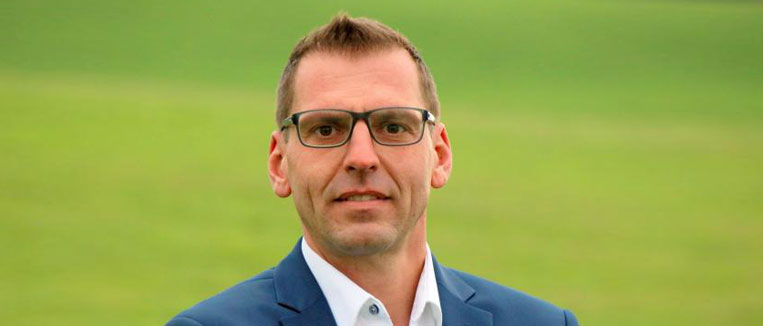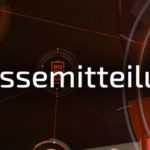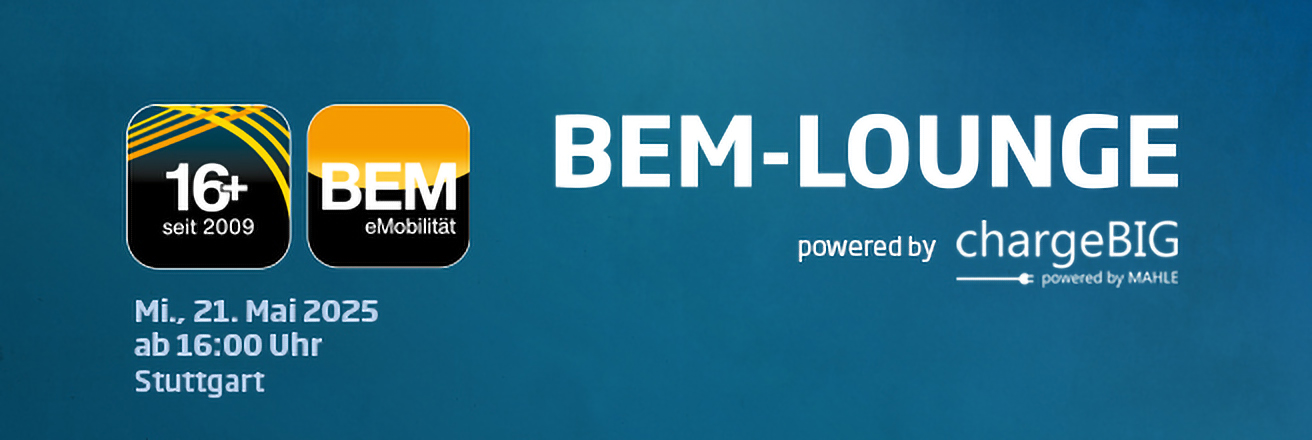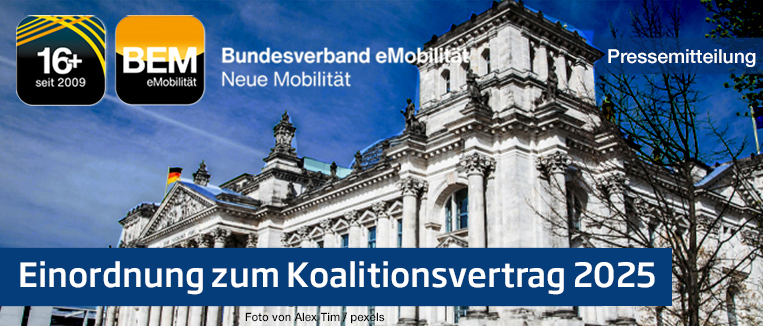
»Balanced grid access at charging points has its pitfalls.«
10.12.2021 / ener|gate / Interview by Stefanie Dierks with BEM board member Markus Emmert
Market Communication 2022 (Mako 2022) comes into force on 1 April 2022. This will also bring changes for electromobility. Balanced grid access will be introduced at charging points for electric vehicles and the role of the charge point operator will be upgraded. In the final part of our add-on series on Mako 2022, Markus Emmert, Chairman of the German eMobility Association, answers our questions.
Emmert: The charge point operator – CPO for short – is the operator of the charging infrastructure. In some cases, it fulfils the role of both the CPO and the mobility service provider – EMP for short.
energate: Balanced grid access will be introduced at charging points for electric vehicles with the Market Communication 2022. The charging points can now be reassigned to a different balancing group for each charging process. How will this work in practice?
Emmert: The CPO is responsible for a so-called virtual balancing area and must manage this – just like a physical distribution network operator. The regulation Grid Access Rules to Enable a Charging Process-specific Balanced Energy Quantity Allocation for Electromobility (NZR-EMob) is initially intended to enable, but not prescribe, balanced grid access. With this option, a user could charge their car with their ‘car power contract’, provided the charging infrastructure or charging point offers the option. According to the legislator, this should lead to more competition.
energate: How do you rate the introduction of balanced grid access?
Emmert: What initially sounds great and desirable can have its pitfalls in practice. Firstly, it is not an obligation, which means that not every charging point will offer this option. The minimum requirement in the Charging Point Ordinance stipulates payment via near-field communication (NFC) using common payment methods such as debit and credit cards. The effort and responsibility for the CPO varies.
An energy supply company that is itself a CPO and possibly even an EMP may be able to present and process this relatively simply and straightforwardly, whereas many others will find it difficult and the cost would ultimately have to be passed on to the price/kWh. It remains to be seen whether this will lead to greater attractiveness. According to the latest surveys, most drivers want uncomplicated, simple and inexpensive payment via debit/credit card, smartphone and Plug & Charge; other options are not really in demand. It therefore remains to be seen whether the interests of the energy industry will coincide with those of users.
⇢ You can find the interview here (in German)






